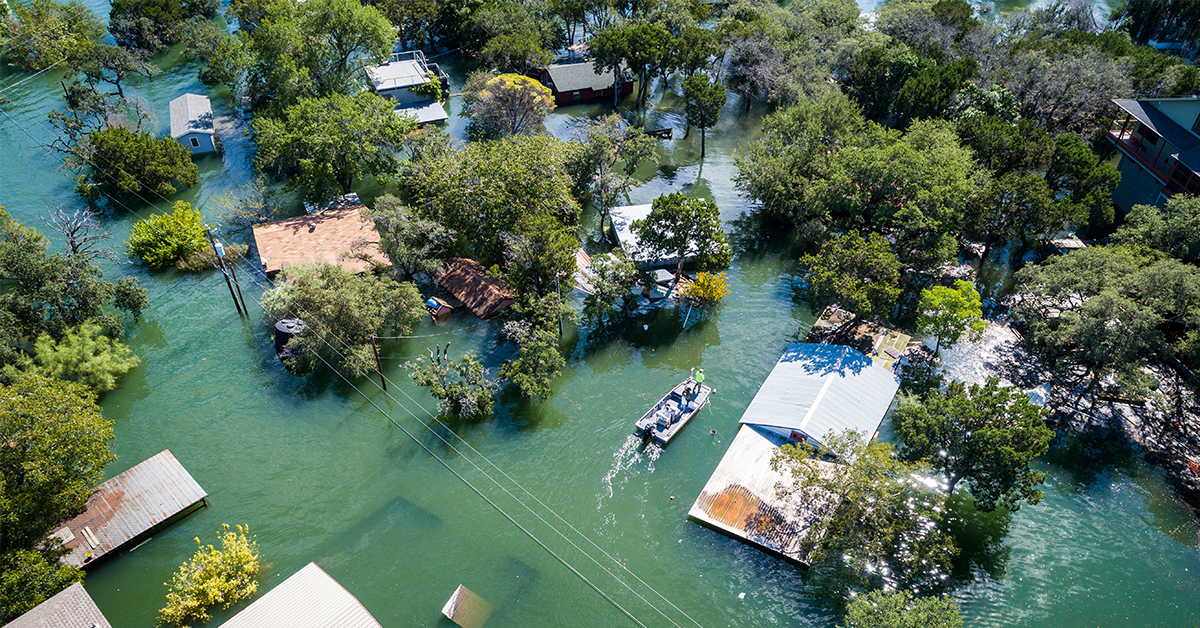Changes to Flood Insurance – Risk Rating 2.0
October 5, 2021
FEMA is updating the National Flood Insurance Program’s (NFIP) risk rating methodology through the implementation of a new pricing Risk Rating 2.0. The general concept is the Risk Rating 2.0 uses more advanced rating techniques and technology which will be combined with updated rating analytics to predict flooding exposure more accurately to establish premiums.
PHASE I
New policies beginning Oct. 1, 2021, will be subject to the new rating methodology. Also beginning Oct. 1, existing policyholders eligible for renewal will be able to take advantage of immediate decreases in their premiums.
PHASE II
All remaining policies renewing on or after April 1, 2022, will be subject to the new rating methodology.
Some Key Components:
• Elevation certificates will no longer be required for flood insurance. FEMA will use their data and technology to establish a rating floor. While elevation certificates may still be helpful, data from an available elevation certificate can be used to determine which rating data source produces the most favorable rate.
• Replacement cost of the home will now play a part in the premium determination. Even though two homes may be at the same elevation, the distance to coast along with the flood exposure will now play a part in the Risk Rating 2.0. For example, a home with a $2,000,000 replacement value will have a higher cost for finishes and repairs from 1 foot of water in the home, than a home with a $250,000 replacement value.
• There will be no more “preferred risk zone” for rating purposes. Currently an X zone, for example, is considered preferred risk and the premium is consistent whether an X zone property is located 1 mile from the Gulf of Mexico or 10 miles inland. Going forward with the Risk Rating 2.0, the distance to coast and other more granular level flooding exposure will be factored into the premium.
• Some premiums will go up and some will go down with the new rating methodology. An early assessment is that clients with homes nearer the water will likely see some increase to their flood insurance if currently in preferred risk zones. There is an 18% glide path maximum renewal increase cap applied related to the flood Risk Rating 2.0 update.
• Private flood has been gaining traction is recent years due to broader coverage offerings and higher building coverage limits – as two substantial differences. This trend will continue and may even accelerate as the Risk Rating 2.0 rolls out.
• It appears that under Risk Rating 2.0, the benefit of signing over a flood policy to a new owner could play a very important role in regard to mitigating impact of new rates.
If you have a current flood policy through the National Flood Insurance Program, the Risk Rating 2.0 and pricing will affect you differently than pricing for a new policy, as referenced above. As your Trusted Advisors that is where our experience comes in. Should you have any questions on your National Flood Insurance Program please contact your Agent or Service Team. They are happy to talk about your current policy or answer any questions you may have. Contact Us
